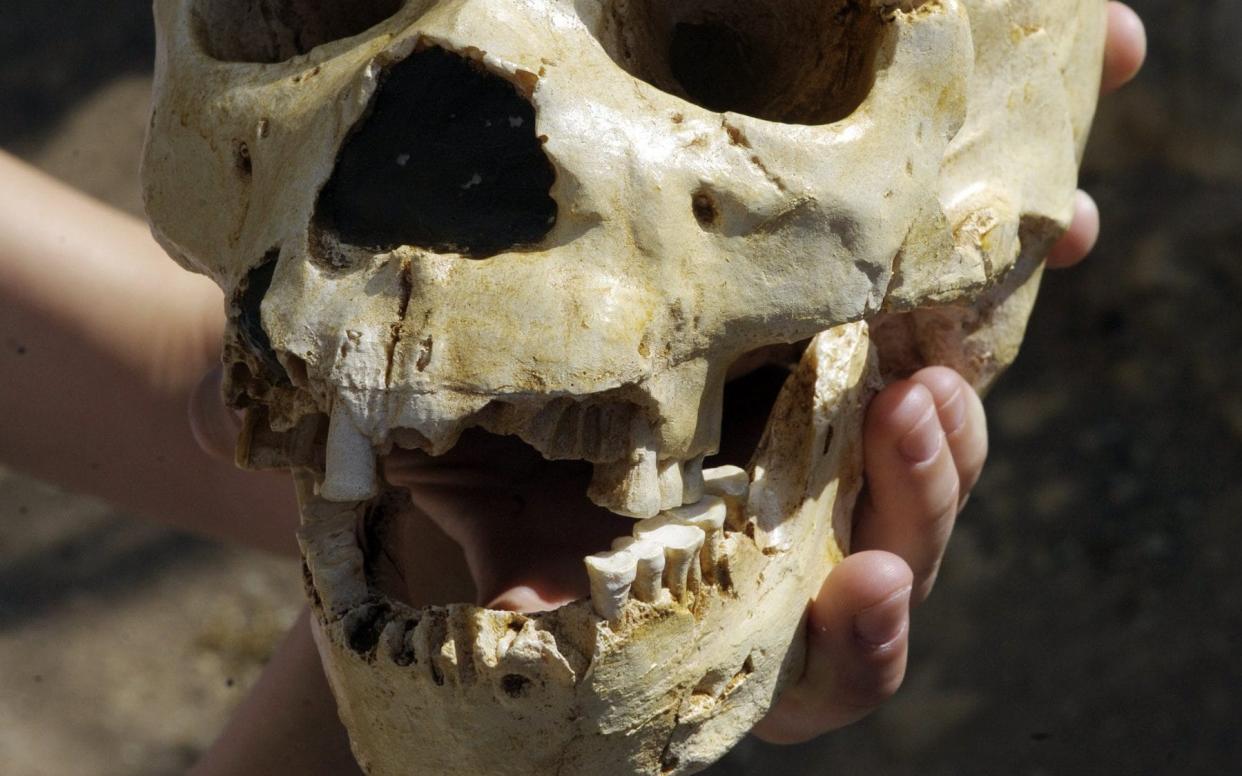Hibernation could be used to treat heart conditions, scientists claim

Hibernation could be used to treat heart conditions, scientists have claimed, as fresh evidence emerges that ancient humans may have slept for months to survive brutal winters.
Prof Kelly Drew, from the Institute of Arctic Biology at University of Alaska Fairbanks, said inducing a deep state of stasis could be helpful for those who suffer from stroke or cardiac arrest.
She is working on a new drug which will be able to allow core body temperature to cool, like turning down a thermostat, which decreases metabolism and saves energy - much like when an animal is in hibernation.
Reducing body temperature is a key part of managing patients recovering from cardiac arrest. They are cooled to 32-36C for about 24 hours then slowly rewarmed.
When cooled down, the body would usually shiver to warm up, which makes it difficult to maintain the desired temperature. This reaction could be avoided using drugs to induce a kind of human hibernation.
“We feel that this is a first step towards inducing a hibernation-like state in humans,” she said.
"This should simplify the cooling procedure and avoid the use of paralytics. Paralytics are the go-to drug now to stop shivering, but paralytics cause myopathy (muscle breakdown) and extend hospital stays."

Meanwhile, researchers from Greece and Spain have made fresh claims that hibernation could have previously been an intrinsic part of human existence.
They say the bones of people living in Europe half a million years ago show they suffered from a vitamin D deficiency.
This means they spent months cooped up in caves away from light to cope with freezing temperatures characteristic of the time, they claim.
The remains are from the Sima de los Huesos ('Pit of Bones') site in northern Spain - one of the world's most important places for studying human evolution.
More than 7,500 fossils of skeletons belonging to 29 ancient humans have been excavated over the years. They belong to a long extinct species called Homo heidelbergensis, which were ancestral to the Neanderthals.
However, scientists are now claiming that earlier analyses of the remains failed to detect a cluster of conditions associated with a lack of vitamin D.
These include renal osteodystrophy, when the kidneys fail to maintain correct levels of calcium, and rickets, a condition which causes bones to become soft and weak.
Dr Antonis Bartsiokas, from the Democritus University of Thrace in Greece, and his colleague Prof Juan Luis Arsuaga, from the Complutense University of Madrid in Spain, made the diagnosis based on unusually thick deposits of bone above the eye sockets.
Dr Bartsiokas claims these conditions are evidence that ancient humans routinely spent months at a time in dark environments, robbed of access to sunlight, and their bodies struggled to absorb enough vitamin D.
“This idea may sound crazy, but it is crazy enough to be true,” he said.

